5 Best Bodyweight Exercises To Lose Cankles in 30 Days
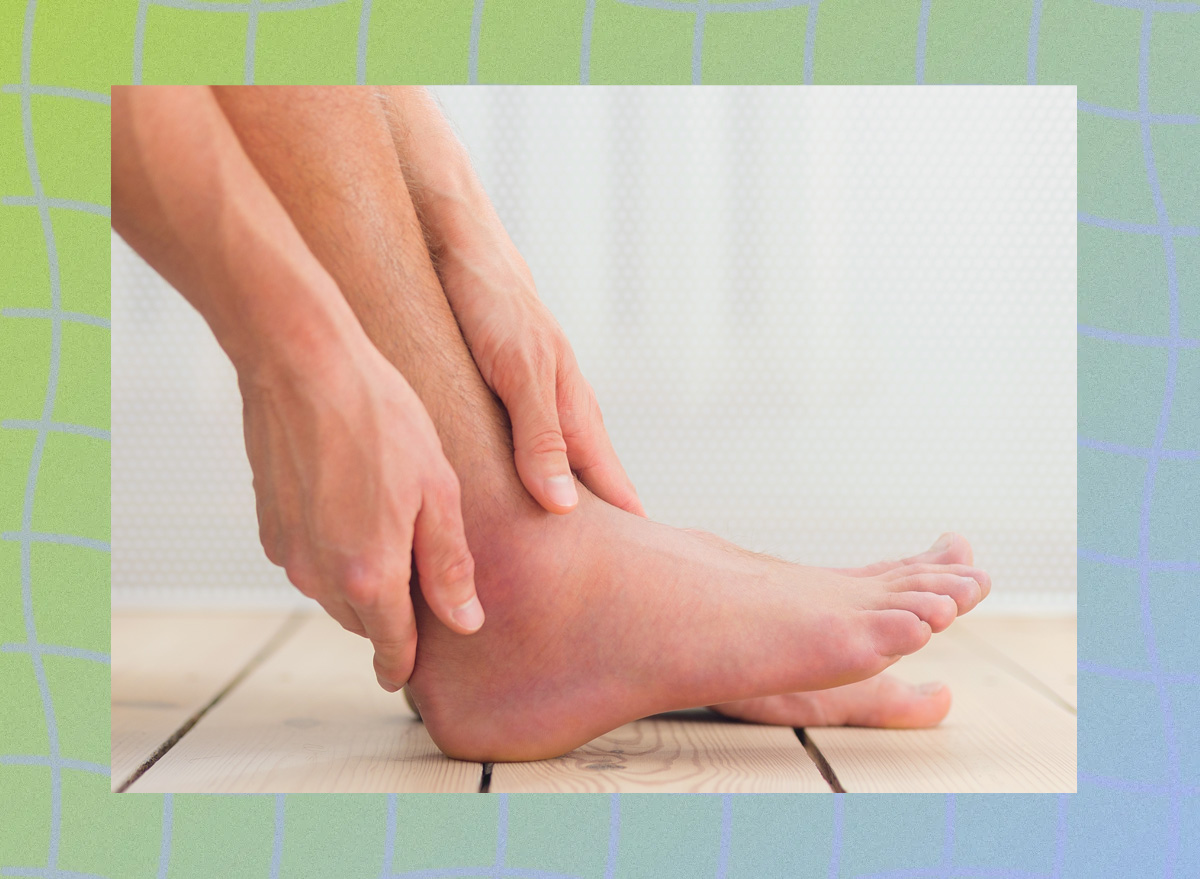
Looking down at your ankles, you might have wondered why they don’t have that sleek, defined look you see in fitness magazines. Trust me, you’re not alone. Over my 35-year career as a personal trainer and fitness educator, I’ve heard this concern countless times from clients of all fitness levels. What many don’t realize is that achieving a better ankle definition isn’t about endless cardio or extreme dieting – it’s about understanding your body and using the right exercises. I’ve helped thousands of people transform their bodies through simple, effective movements and small lifestyle adjustments. In this guide, I’ll share my proven approach to reducing cankles through targeted exercises and practical lifestyle changes that actually work. Whether you’re dealing with swelling, water retention, or just want more defined ankles, you’ll find actionable steps you can start implementing today.
What Causes Cankles?
Cankles occur when there’s no definition between the calf and ankle. While genetics play the biggest role, several other factors contribute. Poor circulation reduces blood flow back to the ankles and fluid accumulation. Excess body fat can deposit in the lower leg area but this varies from person to person. Lifestyle factors like sitting for long periods, high sodium intake and certain medications can cause fluid retention.
Hormonal changes during pregnancy or certain phases of the menstrual cycle can also cause ankle swelling. Underlying medical conditions affecting circulation or lymphatic drainage may be the culprit. While you can’t change your genetic predisposition, targeted exercises combined with lifestyle changes can help improve definition in this area.
Top 5 Bodyweight Exercises for Ankle Definition
Calf Raises with Point and Flex
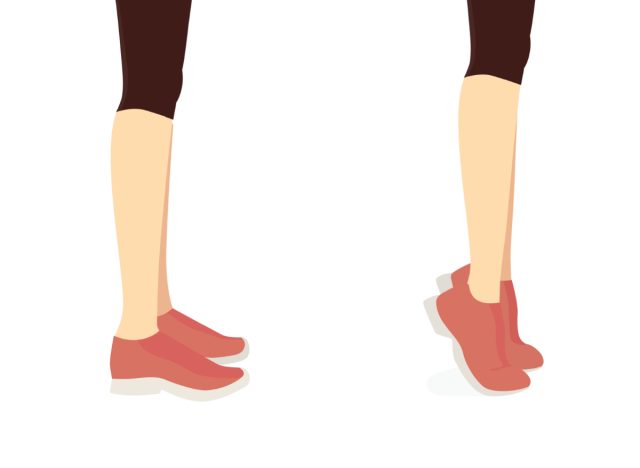
- Stand with feet hip width apart, core engaged
- Rise onto toes, hold for 2 seconds
- Lower heels, then point toes forward
- 3 sets of 20 reps
- Targets ankle mobility and calf definition
- Common mistake: Rolling feet inward/outward
- Modification: Hold wall for balance if needed
Ankle Alphabet
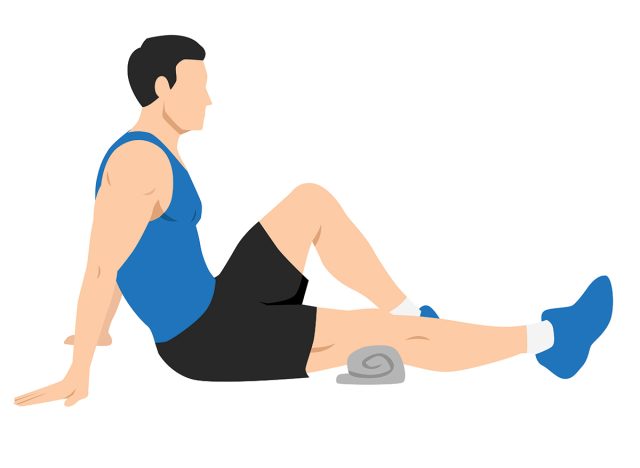
- Sit with leg extended
- Draw alphabet with toes
- Keep movement controlled
- 3 times per foot
- Improves ankle mobility and circulation
- Common mistake: Moving entire leg instead of ankle
- Modification: Reduce range of motion if tight
Jump Rope (No Rope)
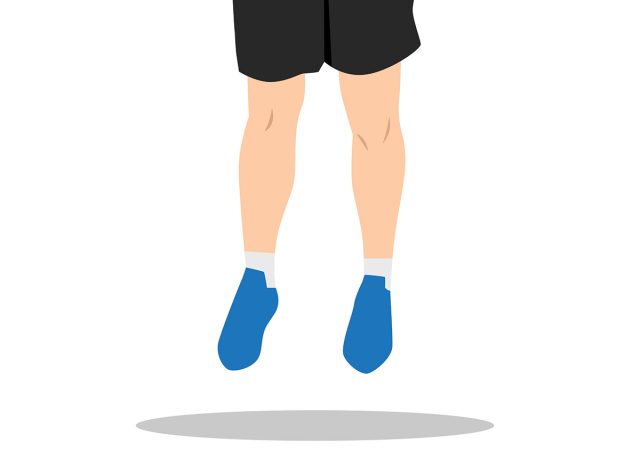
- Bounce lightly on balls of feet
- Keep jumps small and controlled
- 3 sets of 50 jumps
- Builds calf strength and improves circulation
- Common mistake: Landing flat footed
- Modification: March in place instead of jumping
Standing Heel-Toe Walks
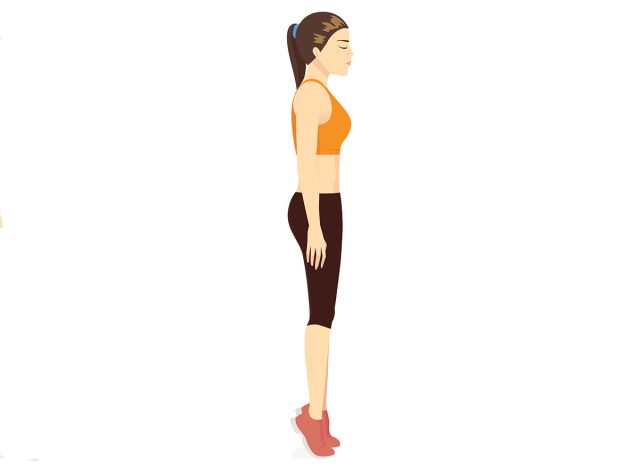
- Walk forward on toes for 20 steps
- Walk backward on heels for 20 steps
- Repeat 3 times
- Targets ankle stability and calf definition
- Common mistake: Poor posture
- Modification: Reduce distance, use wall support
Ankle Circles
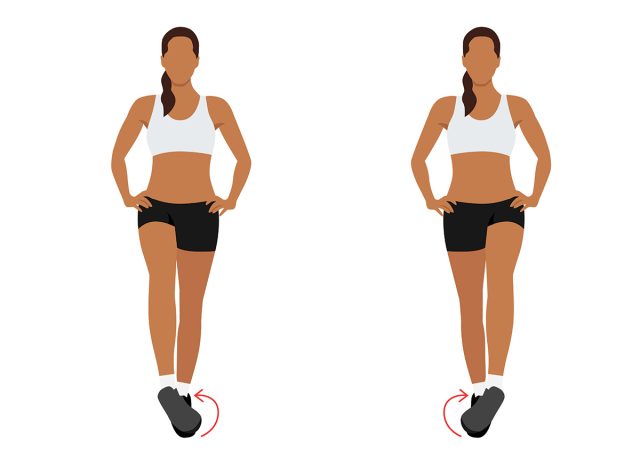
- Sit or stand, lift foot off ground
- Rotate ankle in full circles
- 20 circles each direction, each foot
- 3 sets
- Improves circulation and mobility
- Common mistake: Making circles too small
- Modification: Do while lying down
RELATED: Are Your Workouts Making You Store More Fat? 6 Exercises To Avoid
30-Day Program
Proper progression is key to results and injury prevention. The first two weeks focus on getting the form right and building the habit. Do 3 times a week, with full recovery between workouts. Each session should take around 20-25 minutes including warm up and cool down.
By week 3 and 4 your body will have adapted to the initial stimulus and you’ll need to progress to see further results. Increase frequency and volume while maintaining perfect form. Adding mini sessions throughout the day can further enhance circulation and results.
Week 1-2:
- Do exercises 3 times a week
- Focus on form over speed
- Rest day between sessions
Week 3-4:
- Increase to 4-5 sessions a week
- Add second set to each exercise
- Reduce rest between exercises
Additional Factors and Tips
Circulation has a big impact on ankle appearance and exercise effectiveness. Poor circulation causes fluid to pool in the ankles especially during prolonged sitting. Move throughout the day – aim to stand or walk for at least 5 minutes every hour.
Water retention often comes from high sodium intake or not drinking enough water. Track your sodium intake and aim for less than 2,300mg a day. Drink 2-3 litres a day and adjust based on climate and activity level. Consider wearing compression socks during long periods of sitting or standing.
Stress management has a surprising impact on water retention. High stress levels trigger cortisol release which can lead to water retention. Incorporate stress reduction techniques like deep breathing or short walks into your daily routine.
Expected Results
Realistic expectations prevent disappointment. Within the first two weeks you’ll see improvement in ankle mobility and reduced swelling especially in the morning. By week three you’ll start to see muscle tone in the calf and ankle area but the changes will be subtle.
After the full 30 days you can expect better muscle definition, reduced swelling and improved ankle stability. But dramatic changes in ankle shape are unlikely in this timeframe. Progress varies greatly based on genetics, starting point, consistency and lifestyle factors.
Document progress through measurements and photos taken under the same conditions – same time of day, lighting and position. Weekly rather than daily tracking gives a better picture of progress.
Complementary Lifestyle Changes
Exercise results are amplified when supported by good nutrition. Focus on an anti-inflammatory diet rich in potassium, magnesium and antioxidants. Dark leafy greens, berries and fatty fish support circulation and reduce water retention. Limit processed foods which often contain hidden sodium.
Sleep quality affects fluid balance and circulation. Aim for 7-9 hours of quality sleep and elevate your feet slightly if comfortable. Self massage before bed can improve lymphatic drainage and reduce morning swelling.
Standing desk usage, regular walking breaks and right footwear all support ankle definition. Look at your daily habits and see where you can increase movement and circulation.
Motivation Tips
Consistency trumps intensity. Create a tracking system that works for you – whether it’s a simple checklist or detailed workout log. Schedule exercises at the same time every day and link them to existing habits for better adherence.
Focus on non aesthetic improvements like increased strength, better balance and reduced swelling. These changes often happen before visible definition improvements and will give you motivation to continue.
Consider finding an accountability partner or sharing your journey with others. Social support increases program adherence. Remember progress isn’t linear – some days will show more swelling than others due to factors like heat, salt intake or hormonal changes. And if you enjoyed this article, don’t miss How Long Your Walking Workout Should Be To Shrink Belly Fat.